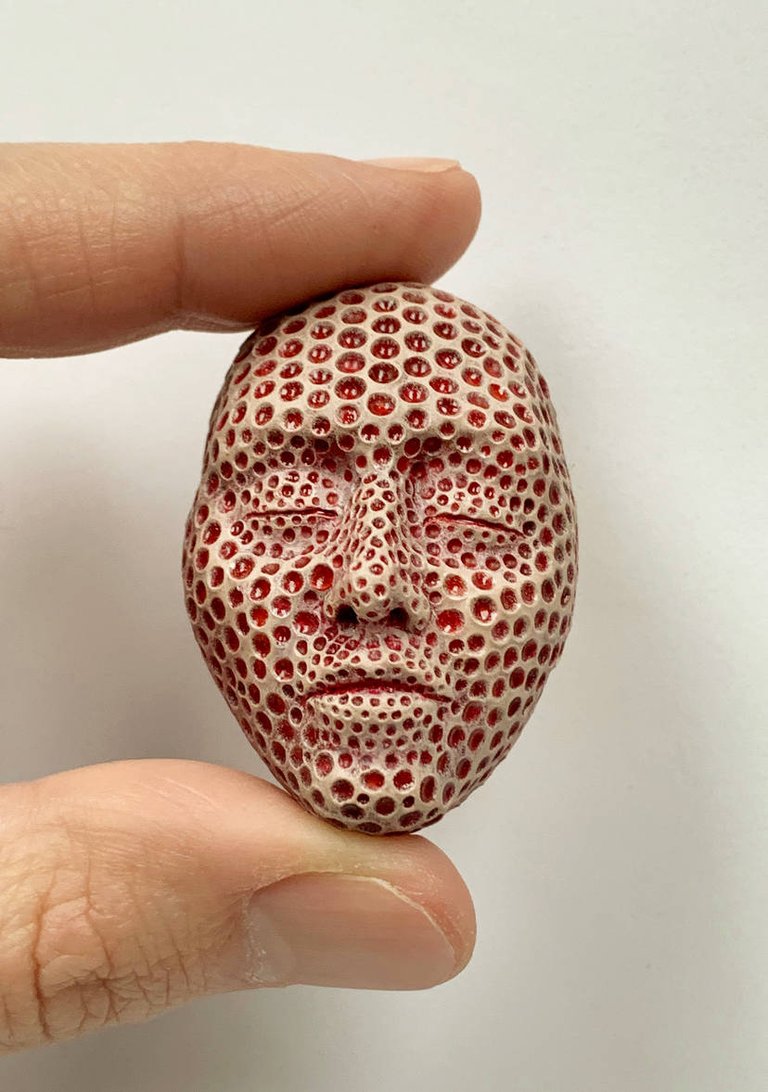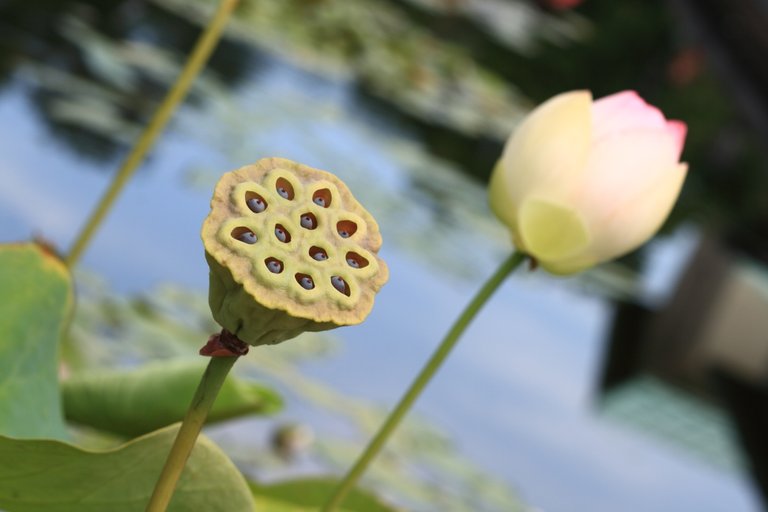Trypophobia; The Fear of Holes (Psychiatry Condition or Not)
Do you know that while you can look at those little hole in breads or cheese, some people find it troubling and disgusting. This people suffer from a condition known as Trypophobia which is meaning fear for holes in Greek but this has now included fear foe different hole types including blobs, bubbles, clusters, and bumps. This word is pretty new and was invented in 2005 by an Irish blogger so this means that there isn't much data out there but it is believed that 1 in 6 people might suffer from this type of phobia.
Before you start to think of this as a psycholgical or medical condition with serious effects, scientists and psychiatrist have not recognized it as an actual phobia to be added to the Diagnostic and Statistical Manual of Mental Disorder (DSM-5). A phobia is an irrational or extreme fear for anything. In fact, it is usually associated with the brain taking fear to the extreme even for things that cannot hurt us.

The fear of small holes is completely irrational and so people have come to say that there is a possibility that people who are scared of small holes aren't actually scared of it. It is said that Trypophobia isn't a real phobia, so if it is not then what is it. There is a difference in the facial expression of people with fear and people with disgust.
From studying people who claim to fear these little holes, it has been seen that they instead of having fear for the hole, rather are disgusted by the holes. Although they are both responsible for avoiding things, they do it in different ways. Fear triggers the fight or flight reaction but disgust doesn't. Scientist say that disgust is an avoidance of things that could cause us to be sick via infection or disease. These things can be crawly, wormy, oozy, or have spores and this brought about the emergence of Parasite Avoidance theory of Disgust.
Disgust allows people to find things gross based on appearance, lesions, poor hygiene, risky sex, animals/food, and formites. This comes from the believe that unusual looking people are sick or infectious, lesions can be infectious and this is the same with the bodily fluid from the lesions, unfamiliar food that are looking bad are possibly infected foods, object that touch infected agents and so on gives that disgust. Because people have an image of things with that fall into the category above, they can be nausea-inducing when they see something similar to them or having the same characteristics.

A 12-year old girl was brought into a psychiatrist office to explain her feeling of disgust or fear for objects with holes, and bright or conspicuous protruding elements and she was first diagnosed with separation anxiety disorder. When this girl looked at triggering images, she would experience neurovegetative symptoms such as increased heart rate, sweating nausea, pallor and agitation.
She was treated with antidepressants and cognitive behavior therapy. After 9 weeks of treatment, the phobia intensity had reduced by half. After treatment, the patient confirmed that she didn't have fear for those things instead she had disgust for those things.
Specific Therapies for Trypophobia is yet to be stated but there are certain phobia treatments that can be adopted to treating this condition. Exposure therapy is one of the one of the treatment method that can be used to treat this condition. another type of treatment therapy that can be used is cognitive behavioral therapy.
Post Reference
https://www.ncbi.nlm.nih.gov/pmc/articles/PMC5811467/
https://www.medicalnewstoday.com/articles/320512#research
https://www.snopes.com/fact-check/south-american-larvae-breast-rash/
https://pubmed.ncbi.nlm.nih.gov/28558623/
https://www.healthline.com/health/phobia-simple-specific
https://www.verywellmind.com/what-to-know-dsm-5-tr-changes-5521765
https://www.verywellmind.com/trypophobia-4687678
Image Reference
Image 1 || deviant art || Trypophobia
Image 2 || Wikimedia Commons || Pod and bloom
Thanks for your contribution to the STEMsocial community. Feel free to join us on discord to get to know the rest of us!
Please consider delegating to the @stemsocial account (85% of the curation rewards are returned).
Thanks for including @stemsocial as a beneficiary, which gives you stronger support.